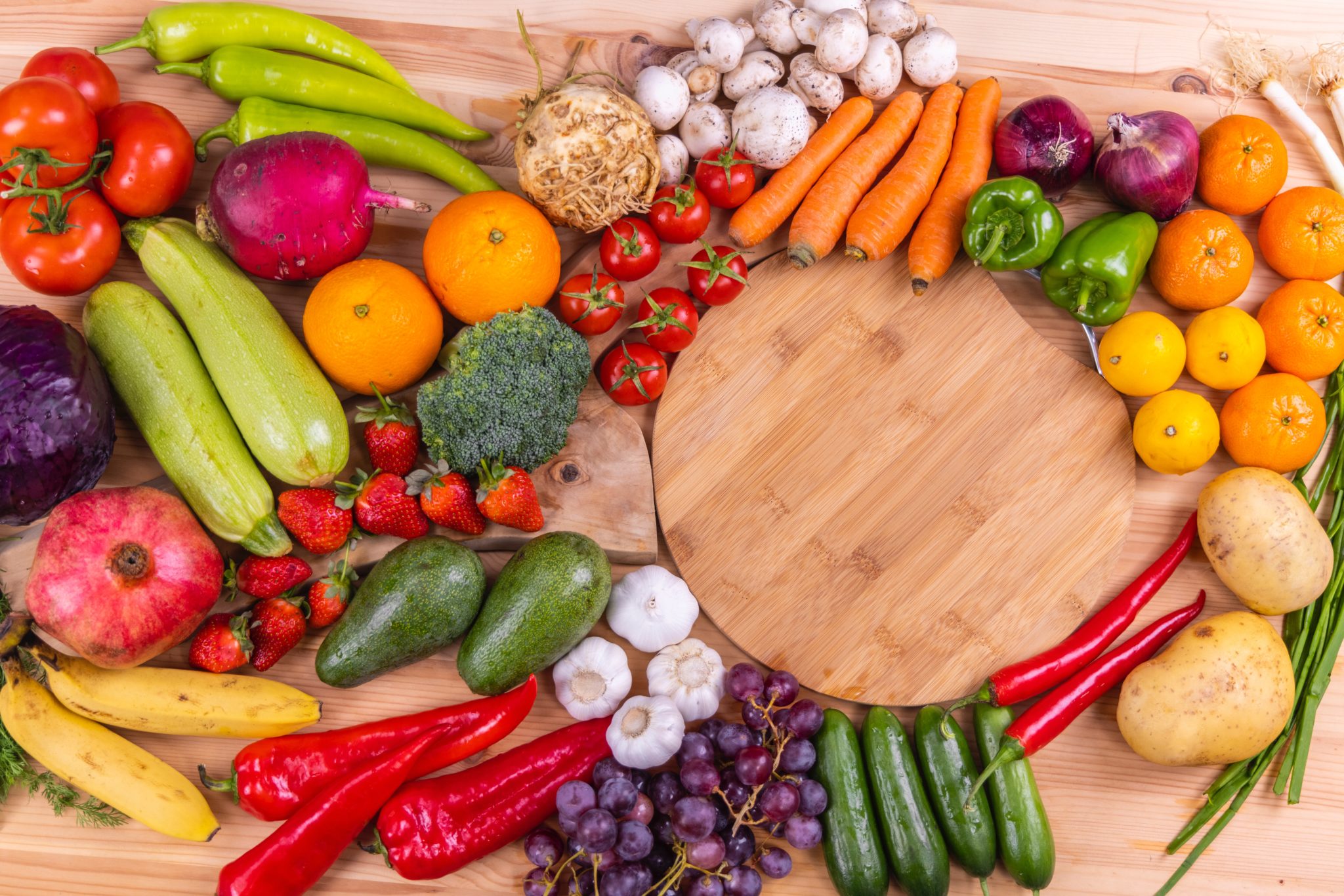Approved Foods
- No Comments

How to know what you should and shouldn't eat when 'resetting' your gut.
If you’re here, you’re probably looking into if one of your favorite foods can be included during Level 1 or 2. Use this article to help identify if your food is approved.
Is it on the Level 1 Foods List?
The Level 1 Foods List was developed on the basis that these foods help reduce inflammation in the body and help restore your gut health. They are foods with a low glycemic index, meaning they don’t spike your blood sugar as other foods would and they are not commonly associated with sensitivity symptoms. These foods bring balance to the body and allow for a clean slate when entering level 2. For best results, we recommend sticking with the approved foods on the Level 1 Foods List.
Is it one of the food items we recommend adding in during Level 2?
During Level 2, we recommend adding in a new food every other day, with the goal of identifying sensitivities and food triggers. These foods are still whole proteins, fruits, and vegetables but they are ones that commonly cause sensitivity symptoms. The Level 2 Game Plan breaks down which foods we recommend adding in and when to add them in. Check it out to see if your food is add-in approved.
Is it organic?
This question is important. At Betr, we recommend choosing organic to avoid exposure to environmental toxins such as pesticides, hormones, and antibiotics. By consuming organic foods, your system will have increased amounts of vitamins, minerals, essential fatty acids, and antioxidants you need to support digestion. Eating clean, whole foods is optimal in maintaining gut health. Organic is where it all starts.
Should I be worried about pesticides?
Some foods are exposed to pesticides more than others. The Environmental Working Group has outlined the top 12 fruits and vegetables containing the highest concentrations of pesticides and toxic chemicals. These foods are referred to as the “Dirty Dozen” and include the following: strawberries, apples, nectarines, peaches, celery, grapes, cherries, spinach, tomatoes, sweet bell peppers, cherry tomatoes, and cucumbers. As you can see, a lot of these foods are on the level 1 foods list. This is why it’s important to purchase organic foods and reduce pesticide exposure when you can. Repeated exposure to pesticides has been linked to a variety of health problems.
Does it contain artificial sweeteners?
Unfortunately, most artificial sweeteners are not easily identifiable to the average consumer when reading a nutrition label. On top of this, most processed products will be labeled as “sugar free”, but will still contain artificial sweeteners. The FDA has a list of artificial sweeteners, which are termed “high intensity sweeteners” and are approved for use of food additives. These include but are not limited to, saccharin, aspartame, acesulfame potassium (Ace-K), sucralose, neotame, advantame, and stevia. Most common artificial sweeteners have generic names such as Splenda (sucralose), Nutrasweet or Equal (Aspartame), and Sweet’N Low (Saccharin).
Reading Nutrition Fact Labels
We know it can be difficult to identify if your food contains unwanted ingredients. Especially considering that some manufacturers use misleading labels to appeal to consumers. We’re here to empower you as a consumer and help you understand the ingredients in your foods.
Are there other additives or preservatives that I should be aware of?
Yes. If your food contains any of the following ingredients, it’s likely not approved for the protocol:
Monosodium Glutamate or MSG (commonly found in fast food and savory items)
Artificial Food Coloring (Blue 1, Red 40, Yellow 5, Yellow 6)
Sodium Nitrite (commonly found in processed meats such as canned tuna, deli meat, and sausages)
Sodium Benzoate (commonly found in salad dressings, pickles, and condiments)
BHA & BHT (commonly found in cereals, chewing gum, potato chips, and vegetable oils)
Trans Fat (commonly found in frozen meals, packaged goods, and fast foods)
Sorbic Acid and other Sorbates (commonly found in fruit juices and pickled fruits/vegetables)
Sulphur Dioxide and other Sulphites (commonly found in jams, jellies, fruit juices)
Nitrates (commonly found in meat products such as ham, bologna, sausages, and bacon)
Acetic Acid and Acetates (commonly found in mustard, vinaigrettes, fruit preserves, and canned fish)
Propionic Acid and other Propionates (commonly found in pre-packaged bakery products)
What are some names for hidden sugars that I should look out for?
Sugar can be hidden in packaged, processed foods by using uncommon names other than “sugar”. Take a look at your nutrition facts label. Does it contain any of the following ingredients? If so, your item contains hidden sugars and is likely not approved for Level 1 or Level 2:
Dextrose
Fructose
Galactose
Glucose
Lactose
Maltose
Sucrose
Brown sugar
Cane juice crystals
Cane sugar
Coconut sugar
Confectioner’s sugar (aka, powdered sugar)
Corn syrup solids
Crystalline fructose
Dextrin
Ethyl maltol
Glucose syrup solids
Maltodextrin
Raw sugar
Sugar (granulated or table)
Turbinado sugar
Agave Nectar/Syrup
Barley malt
Blackstrap molasses
Brown rice syrup
Corn syrup
Evaporated cane juice
Fruit juice
Fruit juice concentrate
High-Fructose Corn Syrup (HFCS)
Honey
Invert sugar
Malt syrup
Maple syrup
Molasses
Rice syrup
The Bottom Line
The Level 1 Foods list was developed with intention. For best results, we recommend sticking to this list as closely as you can. Occasionally, there are exceptions to this. If you still aren’t sure if your food is approved or not, let us know and we will review it for you.




